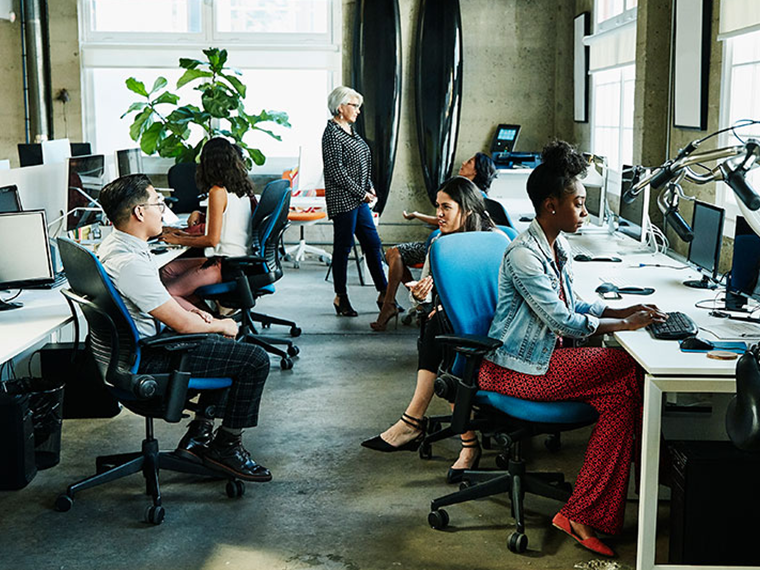Syndicate voting rules reflect varying levels of trust and familiarity
Major companies often require credit facilities — outright loans or lines of credit they can draw on when needed — that are beyond the legal lending limit or appetite for risk of a single bank. So, a bank syndicate is formed, typically led by the borrowing company’s lead bank and filled out by other banks that do business with the company and perhaps some that have not.
Should the borrowing company later run into financial problems, seek concessions to its loan agreement or want to significantly alter the makeup of its assets (which often serve as collateral), conflicts of interest embedded in the syndicate agreement come into play.
The lead lender may have a strong incentive to grant concessions to the company because it wants to preserve its relationship with the client. Syndicate members with lesser relationships with the company may be more ambivalent. And banks with nothing at stake but the loan made through the syndicate may be least interested in making concessions; they just want to get paid.
These conflicts can be sharpened as brinksmanship between the company and those it owes money to — likely other classes of lenders, lessors, possibly pension recipients and others — intensifies. A borrower considering a strategic default — refusing to pay on a loan it has the funds to service — is sorely testing both its own relationship with lenders and, notably, the relationships among lenders.
In a working paper, UCLA Anderson’s Judson Caskey, Daniel Saavedra and Kanyuan Huang, a Ph.D. student, examine voting rules embedded in syndicate loan deals and how they are shaped by conflicts of interest within the syndicate.
What Majority Rules?
An important feature of voting rules for a loan syndicate is to declare the minimum fraction of loan holdings needed to create a majority. A majority is required to modify, amend or renegotiate a loan contract. Most contracts set the majority threshold at 51% of the holdings of the total loan value, but it can be set at a higher level, such as 66.7%. The researchers focused on this threshold and suggest that the optimal level for the majority threshold depends on the relationships between the lenders, the relationship between the lead-lender and the borrower and the borrower’s likelihood of strategic default.
Caskey, Huang and Saavedra used Dealscan loan data from 1995 to 2017 to study the associations between voting rules and the potential conflicts of interest. Their dataset contained 10,635 loans after adjusting for missing data and loans with only single lenders. In their sample, there are 11 lenders on average, in a syndicate.
Using a model, they studied which factors determined the majority threshold within the voting rights to make amendments. Two measures of the amendment threshold were used: the minimum percent of the loan amount required to approve an amendment and the minimum percent of lenders required to approve an amendment.
They tested whether higher conflicts of interest, such as the lead-lender being incentivized to side with the borrower, led to more stringent voting rules via higher amendment thresholds. They also tested whether higher default risk by the borrower led to more stringent voting rules and if the strength of syndicate relationships impacted the amendment threshold within the voting rules.
Discovering Relationships in the Data
The results of the researchers’ tests suggest that:
- Voting rules are more stringent — meaning there’s a higher threshold for a majority to make amendments to the loan contract — when the lead-lender has potential conflicts of interest with nonlead lenders, such as a previous lending relationship with the borrower.
- Voting rules are more lenient — the majority threshold for an amendment is lower — when the lead lender has prior syndicate relationships with the nonlead lenders. This may suggest that prior relationships among the lenders reduce concerns about conflicts of interest.
- Loan amendment thresholds are also higher when the borrower has lower default risk and lower with higher default risk. At first this finding seems counterintuitive but can be interpreted as voting rules being used to discourage strategic defaults by borrowers since those making strategic defaults usually have lower default risk.
- The higher the number of lenders in a syndicate, the lower the amendment threshold — larger syndicates reduce the value of strategic default, which reduces the need for a strict amendment threshold.
- The higher the nonlead lenders’ share of the lending, the stricter the voting rules become. This suggests that nonlead lenders use voting rules to protect their large stakes.
Overall, these results suggest that conflicts of interest within the lending syndicate and strategic default considerations can impact the voting rules in loan agreements.
Featured Faculty
-
Judson Caskey
Professor of Accounting
-
Daniel Saavedra
Assistant Professor of Accounting
About the Research
Caskey, J., Huang, K. K., & Saavedra, D. (2021). Amendment thresholds and voting rules in debt contracts. http://dx.doi.org/10.2139/ssrn.3922893






